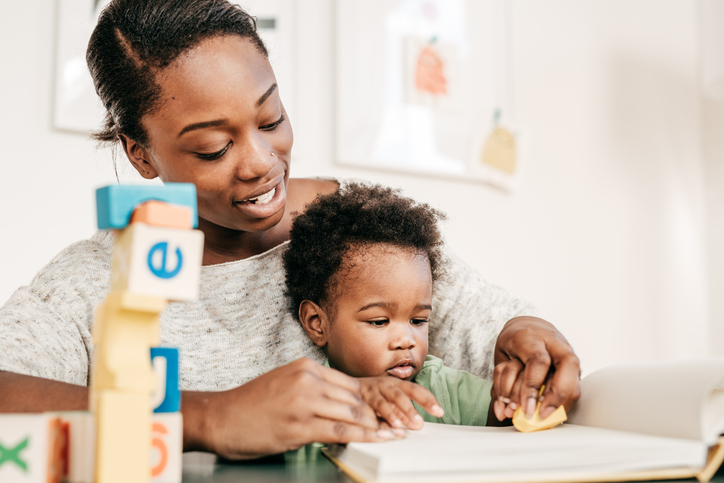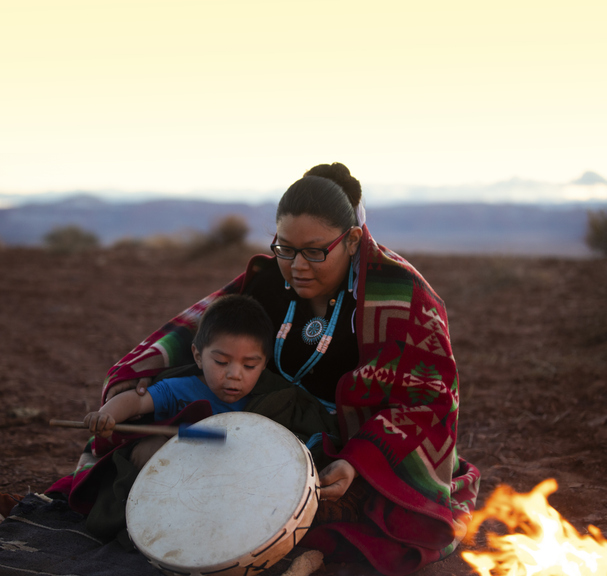Kỷ niệm các ngày lễ đa dạng về văn hóa trong các lớp học mầm non
December 2021 For many students, December is an especially memorable time of year with plenty of winter activities,…
December 2021
For many students, December is an especially memorable time of year with plenty of winter activities, holidays, and classroom parties during the days before winter break.
However, even the most well-meaning teachers can show implicit bias when it comes to holiday events and only focus on mainstream holiday traditions. That’s why it is important to be mindful of the cultural diversity in your classroom, especially at this time of year. Not every student celebrates Christmas; some may come from other cultural or faith backgrounds, and some may not celebrate any holiday at all. Yet, no matter the tradition, you can share the joys of diversity and differences with celebrations of your own.
In case you’re unaware of the term, the December Dilemma is the time of year where multiple holidays collide, and even those with the best intentions can find themselves in the middle of potentially hurtful misunderstandings. Developing a plan that recognizes and honors the many different holidays is the best way to approach this month.
The first step to celebrating culturally diverse holidays at your school is to get to know the traditions of your community. Whether you’ve been in the area for months or decades, there may be niches of the wider community that are new, changing, or growing. If holidays, with their traditions, foods, and activities, are the only things we teach students about other cultures, we aren’t really communicating a true picture of that culture. Incorporate aspects of those other cultures throughout the day and the year, not just on one holiday.
Helping students learn about diversity is an important role for teachers. Teaching inclusiveness needs to be a conscious and deliberate effort by adults. Diversity is not taught during a single day or activity. Respect for all people is a concept that should be woven into all activities and lessons, from reading to art, and from singing to pretend play.
Avoid a “Tourist” Approach
Avoid a focus on teaching students specific, isolated facts about different cultures. Instead, use activities that will expose students to new concepts and allow them to experiment with different materials. Incorporate materials from a variety of cultures into your library, dramatic play area, puzzles, and other learning materials. Only celebrating holidays in December (even if you attempt to acknowledge them all) is not being inclusive. Make sure to consider holidays that fall throughout the entire school year and recognize them appropriately. Some examples include Diwali, which falls between October and November, and Rosh Hashanah, which is observed in September.
Use Quality Children’s Books
It is important to extend lessons in diversity to include concepts such as respecting differences, being inclusive, and appreciating others just the way they are. Go to your local library and ask for children’s books that depict children of all abilities. Build activities from books such as these and encourage the children to make them part of their free and dramatic play.
Teach Acceptance and Value
When working with students, be sure to emphasize the acceptance and value of every person of all backgrounds. Help children identify some common bonds that children of all cultures share, such as family, foods, music, languages, and art. Point out these similarities, and use them as a basis to teach about ways that people are similar and different.
Incorporate Families
Families are a great resource for teaching about cultural similarities and differences. Post photos of each child with their family. Encourage children to talk about their own families and traditions and to compare family traditions around meals, holidays, and other activities. You can even invite families to come speak to the children in your class about their culture and traditions.
Be Inclusive
Children in our schools represent a myriad of religions, cultures and traditions. Within those groups, not all members of the same cultural or religious group necessarily observe the same holidays or celebrate them in the same way. Keep in mind that not everyone’s holidays are going to be wonderful, and that some will have holidays that are stressful and devastating. Whether that is due to financial stress, family stress, homelessness or the death of loved ones, the goal is to be inclusive and focus on making students feel that they belong and that their presence is valued at school. A great sensitivity to what is not said is very important. You can help by refraining from asking questions or making assignments based upon the assumption that the holidays are a great, trouble-free time for all.
Teachers may feel like they’re walking a tightrope between what is needed and what seems to be allowed, but creating an inclusive classroom is not difficult. Plus, it’s important for many reasons, including preparing students for a global workforce, promoting equality, and building a better community understanding.Here are some suggestions to help students feel festive in a loving, inclusive, and fun way.
- If the weather allows, go outside and have fun playing in the snow.
- A milk jug igloo is a fun STEM activity using recycled materials and a lot of hands-on fun. It can even be large enough to make a cozy reading nook.
- Add books to your classroom library that feature different winter holiday celebrations from around the world.
- Ask students to create their own holiday and write about what it would involve.
- Ask students to write about this prompt: “If you could give a gift to everyone in the world, what would it be?”



